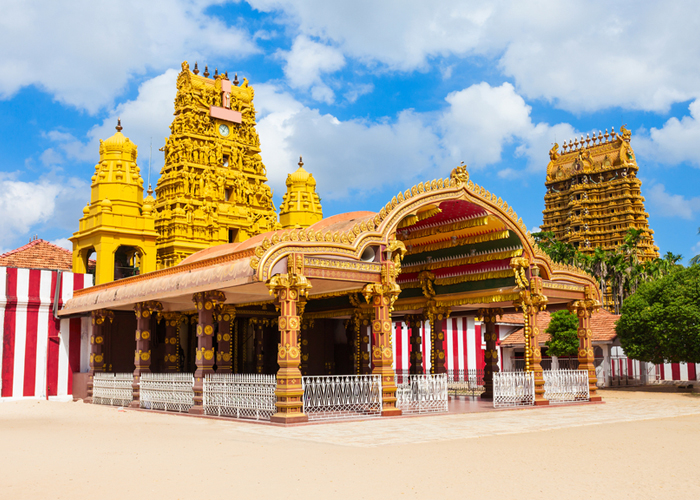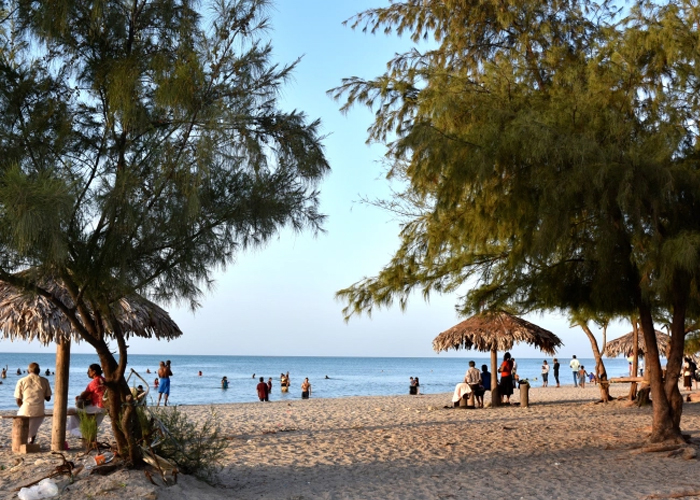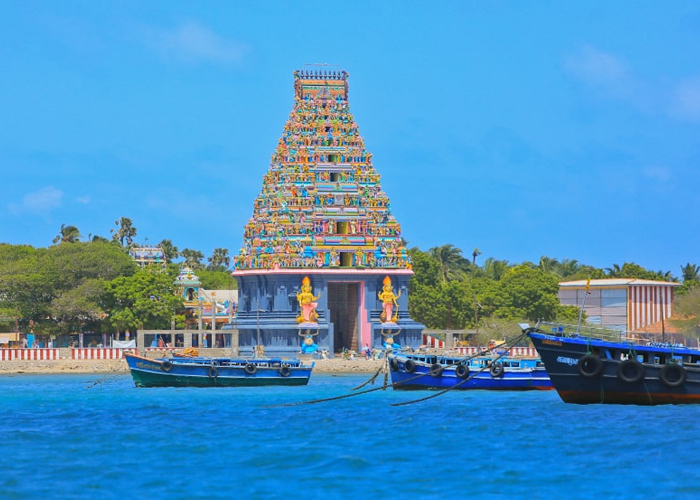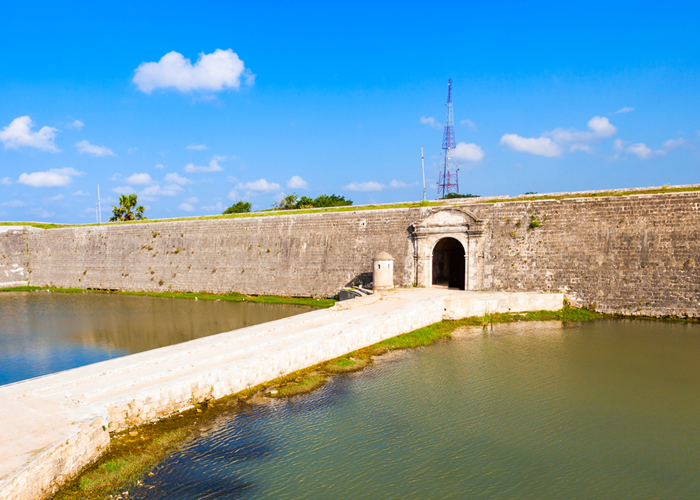
Nallur Kovil
Nallur Kandaswamy Kovil or Nallur Murugan Kovil is one of the most significant Hindu temples in the Jaffna. It stands in the town of Nallur. The presiding deity is Lord Muruga in the form of the holy Vel. The idol of the Nallur Devi or goddess was gifted to the temple in the 10th century CE by the Chola queen Sembiyan Mahadevi, in the style of Sembian bronzes. The very atmosphere of the temple breathes holiness and peace. In Punctuality, Order and neatness, Nallur provides a model for old Saiva temples. This is one of the few temples that conduct the stipulated nithya akkini and nithya utsawam daily. Tuesdays and Fridays witness a larger number of devotees. Each (lunar) month Thirukarthikai is of special significance. It is Lord Muruga’s day. The pageant of the Vel with Valli and Theivayanai is enthralling.

Casuarina beach
Casuarina beach is one of the famous attractions in Northern Sri Lanka and it is just 20KM from Jaffna city. It is in Karainagar suburb. This is said to be the best beach in the Jaffna Peninsula. One can walk a long way in the deep blue water with gentle waves moving towards the land.The beach probably got its name due the Casuarina Trees along the beach.

Nainativu
Nainadevu (Nagadeepa) is a one of the small islands in the north, located at a distance of one hour journey from Jaffna town to the end of the road (Kurikadduwan Jetty) and then, we will go to Boat to reach to Nainadevu. It is a good journey & different enjoyment. It takes about 15 minutes. This is a one of the cultural place in Jaffna. Nainadevu Nagapoosani Amman Kovil & Nagadeepa Vigaraya is the famous of this place. Nagadeepa Temple is one of the major Buddhist pilgrimage sites in Jaffna. History states that the Buddha has visited this site to settle two Naga Kings Chulodara and Mahodara over a gem studded throne.

Jaffna Dutch Fort
Situated on the south side of the Jaffna peninsula at the water’s edge of the lagoon, the ancient fort in Jaffna is the second largest existing fort in the Island. Originally built by the Portuguese in 1619 and re-built and expanded by the Dutch during the second half of the 17th and the 18th centuries. It spread over an area of 22 hectare within city limits; star shaped which is an excellent example of Dutch architecture of the period. It was captured by the Dutch under Raiclop Van Goins in 1658 that expanded it. In 1795, it was taken over by the British, and remained under the control of a British garrison till 1948.


